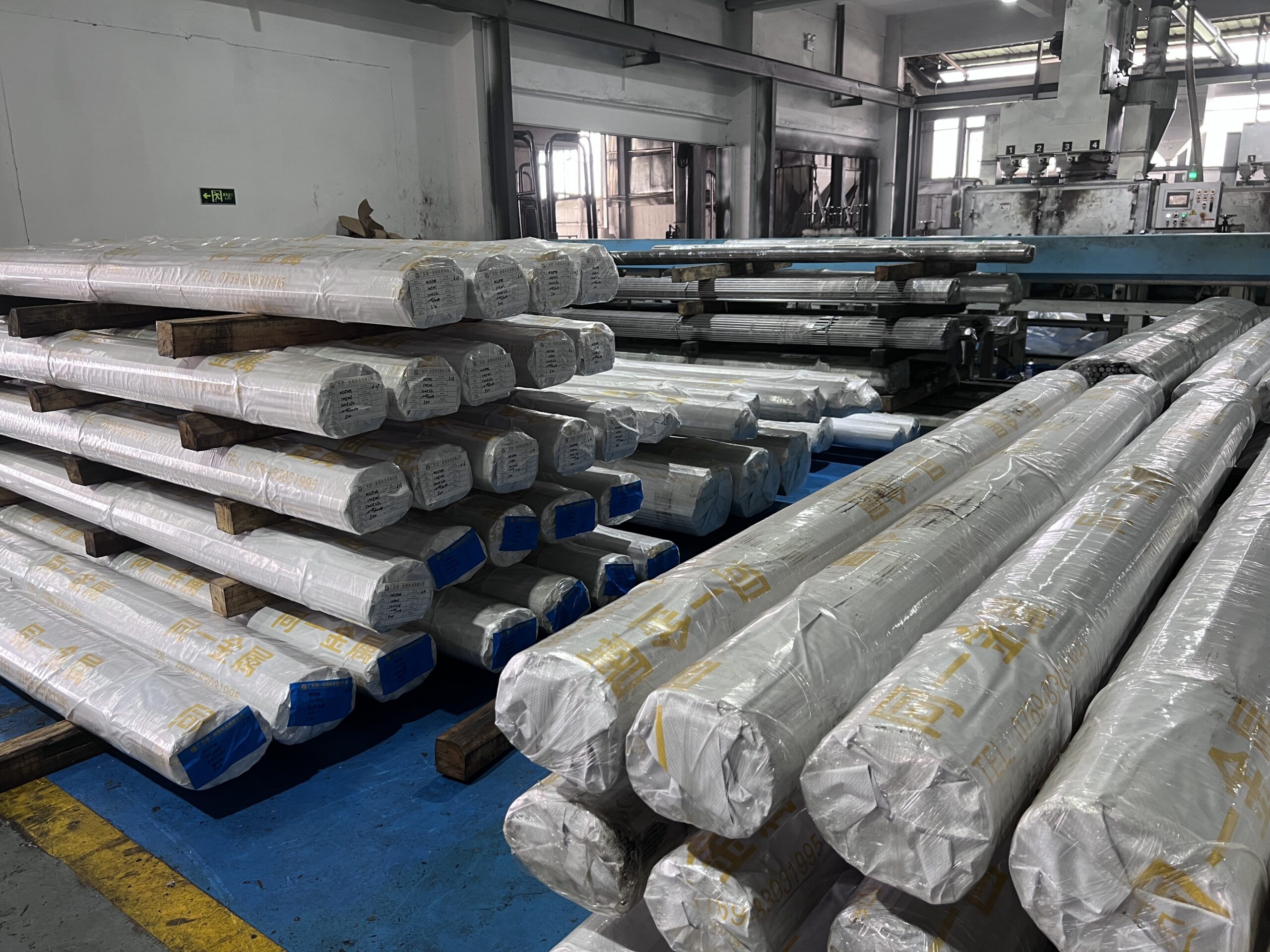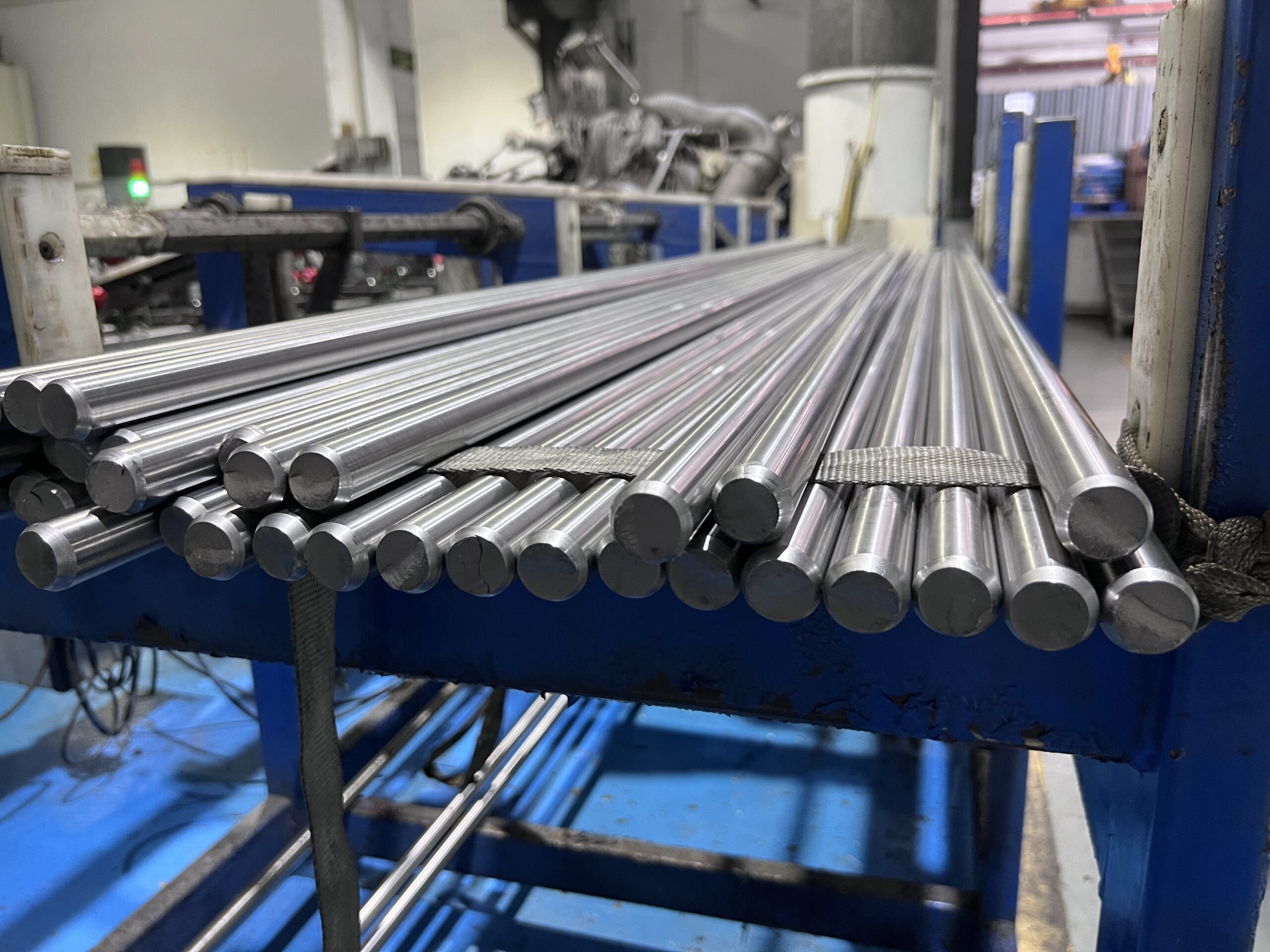In mechanical manufacturing, choosing the right material determines the precision, durability, and efficiency of production. Among martensitic stainless steels, 3Cr13 stands out for its balance between hardness, strength, and machinability. With proper heat treatment, 3Cr13 stainless steel provides reliable performance for shafts, knives, molds, and mechanical parts that require both wear resistance and corrosion protection.
1. Overview of 3Cr13 Stainless Steel
3Cr13 is a martensitic stainless steel similar to AISI 420 but with slightly lower carbon content, giving it better toughness while maintaining good hardness. After quenching and tempering, it achieves high strength and wear resistance. It is magnetic, heat-treatable, and easy to polish, making it ideal for components that must withstand mechanical stress and exposure to moisture or mild corrosion environments.
2. Chemical Composition and Mechanical Properties
| Element | Content (%) | Function |
|---|---|---|
| C | 0.26–0.40 | Increases hardness and strength |
| Si | ≤1.00 | Enhances oxidation resistance |
| Mn | ≤1.00 | Improves hot workability |
| P | ≤0.035 | Enhances machinability |
| S | ≤0.030 | Improves cutting smoothness |
| Cr | 12.0–14.0 | Provides corrosion resistance and strength |
| Fe | Balance | Base element |
| Property | Condition | Typical Value |
|---|---|---|
| Hardness (HRC) | Quenched & tempered | 30–48 |
| Tensile Strength (MPa) | Quenched & tempered | 600–850 |
| Yield Strength (MPa) | Quenched & tempered | ≥400 |
| Elongation (%) | Quenched & tempered | 15–20 |
| Magnetic | — | Yes |
3. Key Features of 3Cr13
3Cr13 offers a versatile combination of hardness, toughness, and corrosion resistance, which can be precisely adjusted through heat treatment.
Main features include:
-
High hardness after quenching: Ideal for cutting tools, blades, and wear parts.
-
Good machinability: Easier to cut than high-carbon stainless grades like 440C.
-
Moderate corrosion resistance: Performs well in mild acids and humid environments.
-
Excellent polishability: Suitable for mirror finishes in molds and tooling.
-
Strong mechanical performance: Maintains strength and stability under repeated stress.
4. Heat Treatment Process
Heat treatment significantly enhances 3Cr13’s mechanical properties.
| Process | Temperature (°C) | Cooling Method | Result |
|---|---|---|---|
| Annealing | 740–800 | Slow furnace cooling | Soft structure for machining |
| Quenching | 980–1050 | Oil or air cooling | High hardness (up to HRC 48) |
| Tempering | 200–500 | Air cooling | Adjusts hardness and improves toughness |
Lower tempering temperatures (around 200°C) result in higher hardness, while higher temperatures (400–500°C) increase toughness and reduce brittleness. This flexibility allows customization for different applications.
5. Machining Performance
3Cr13 stainless steel provides stable cutting behavior and good surface finish. It’s often used for CNC turning, milling, and drilling operations, especially when the material is annealed before machining.
Machining guidelines:
-
Cutting speed: 20–40 m/min (annealed state).
-
Feed rate: 0.1–0.3 mm/rev.
-
Coolant: Required to prevent thermal stress and improve surface finish.
-
Tool material: Carbide tools are recommended for continuous cuts.
After machining, the parts can be heat treated to achieve the desired hardness and wear resistance.
6. Applications of 3Cr13 Stainless Steel
3Cr13 is used across multiple industries requiring a balance between mechanical strength and corrosion protection. Typical applications include:
-
Industrial tools: blades, knives, scissors, and cutters.
-
Mechanical components: shafts, pins, and gears.
-
Mold manufacturing: core pins, inserts, and die parts.
-
Home appliances: knife parts, decorative fixtures, and pump shafts.
-
Automotive: valve seats and wear-resistant fittings.
7. Comparison with Other Grades
| Grade | Type | Hardness | Machinability | Corrosion Resistance | Main Applications |
|---|---|---|---|---|---|
| 2Cr13 | Martensitic | Moderate | Good | Moderate | Bolts, shafts |
| 3Cr13 | Martensitic | High | Excellent | Moderate | Knives, molds, mechanical parts |
| 420 | Martensitic | High | Medium | Good | Cutting tools |
| 440C | Martensitic | Very high | Poor | Excellent | Bearings, precision tools |
8. Why Choose Tongyi Metal’s 3Cr13 Bars
Tongyi Metal’s precision 3Cr13 stainless steel bars are produced using advanced smelting, heat treatment, and centerless grinding technologies. Advantages include:
-
Precise chemical composition control and purity.
-
Uniform hardness and microstructure.
-
Mirror surface finish with Ra ≤ 0.2 μm.
-
Straightness ≤ 0.03 mm/m, suitable for CNC machining.
-
Full test reports and mill certificates provided.
3Cr13 stainless steel combines the strength of carbon steels with the corrosion resistance of stainless steels, making it a reliable choice for mechanical parts that require both performance and durability. With adjustable hardness, stable machinability, and wide applicability, it is one of the most practical stainless steels for industrial use. Tongyi Metal’s precision 3Cr13 bars guarantee consistent quality, helping manufacturers achieve high productivity and long-lasting performance.







